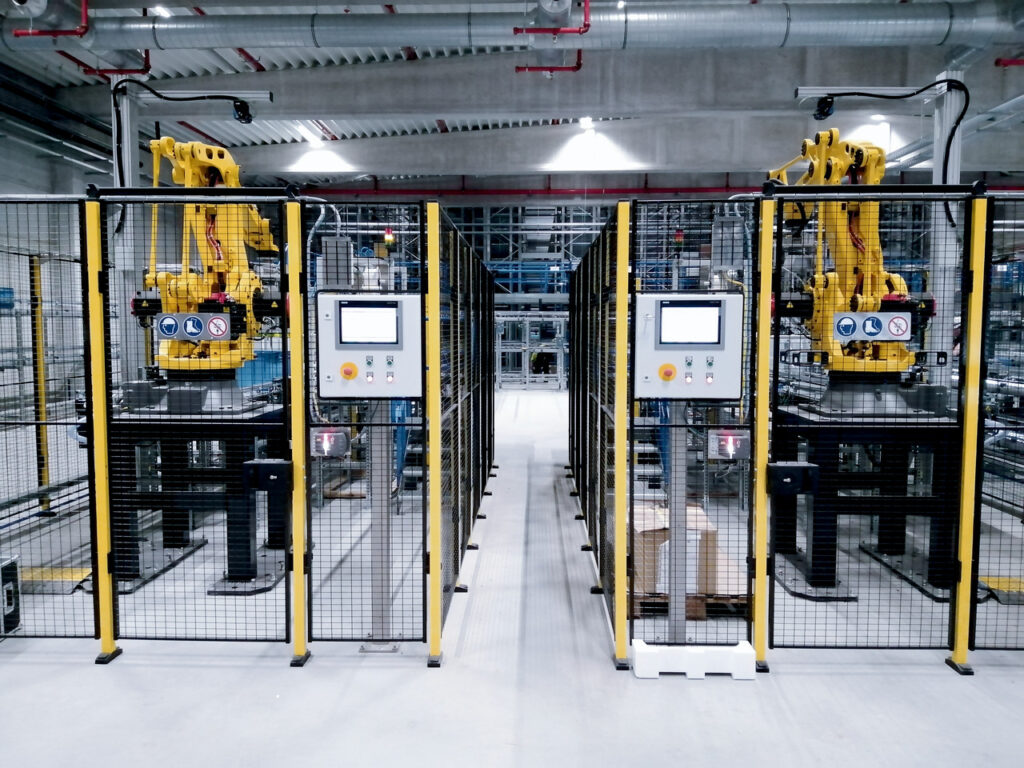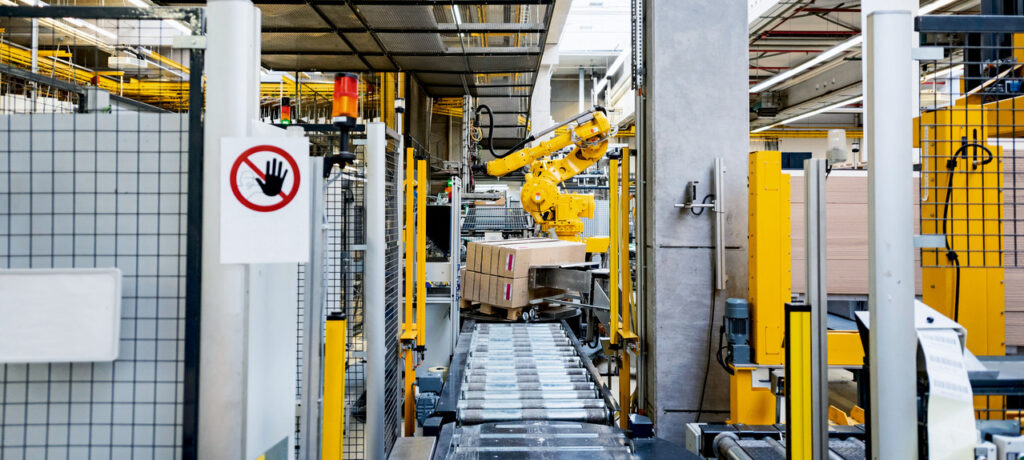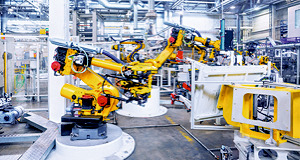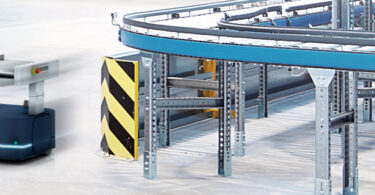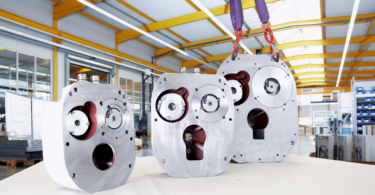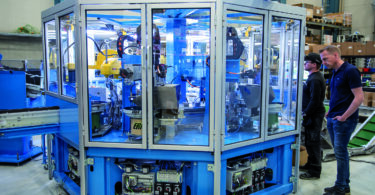The Pros and Cons of Industrial Robots in Manufacturing
Industrial robots are being utilized in numerous applications in the manufacturing space. While robotics has been around for some time, recent advancements in technology have enabled more widespread implementation across the industry. There are many advantages to integrating robotics into industrial processes, including improved accuracy, increased productivity, and improved worker safety.
In this blog post, we’ll break down how robots help boost productivity and quality in manufacturing, while also considering potential drawbacks.
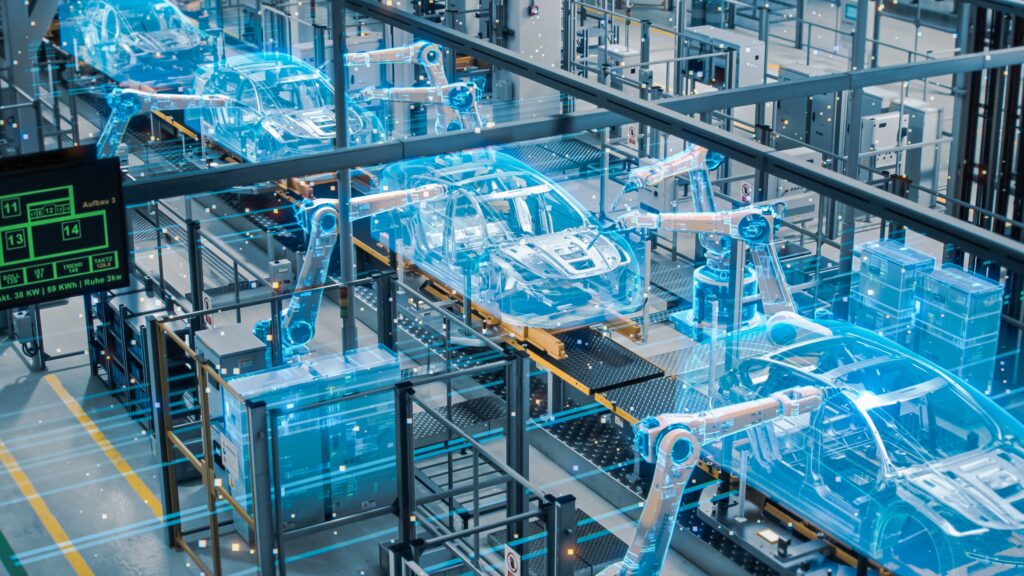
Speeding up Manufacturing – Pros of Industrial Robots in Manufacturing
One of the primary pros of integrating robotics into manufacturing is improved accuracy. Robots are precise and consistent, meaning that they can be programmed to perform tasks with a high degree of accuracy. This leads to a reduction in errors and rework, and a higher quality of finished products. This can help reduce the amount of scrap and waste produced in the manufacturing process.
The speed of manufacturing processes with the use of robots is also improved. Generally, robots perform tasks much faster than human workers, leading to increased productivity and efficiency.
For example, robots can work continuously, 24/7, without needing breaks or rest, unlike human workers who require breaks and rest periods. In addition, they don’t take vacations, rarely call in sick, and you don’t have to give them a paycheck. They can also take repetitive and boring tasks from human workers, allowing those employees to work on higher value tasks instead. This can lead to a significant increase in production output.
Studies have shown that the use of robots can result in significant productivity gains for manufacturers. For example, a study by the International Federation of Robotics found that in the automotive industry, the use of robots led to a 16% increase in productivity between 2010 and 2016. Another study by the Boston Consulting Group found that the use of robots in manufacturing can lead to a 10% to 30% reduction in production costs.
In addition, robots can be programmed to perform multiple tasks or to switch between tasks quickly, reducing set-up time and increasing production efficiency. They can also move materials and products quickly and safely, reducing the time required for material handling and increasing throughput.
Robotics can also increase worker safety and improve ergonomics. With robots handling tasks traditionally done by human workers, there is a decreased risk of injury or accidents in the workplace. This is especially true for tasks requiring repetitive movements or heavy lifting.
Potential Drawbacks of Industrial Robots in Manufacturing
While there are many advantages to using robotics to automate manufacturing processes, there are also some drawbacks. For example, robots can be expensive to purchase and maintain, and they often require knowledgeable technicians to operate them. Additionally, if the robot malfunctions, it may cause production delays or lost profits.
Another potential drawback is the fact that robotics can sometimes replace human workers. While this can lead to improved efficiency and accuracy, it can also lead to job losses. However, this is combated by the fact that robots can be used to move human workers to more high-value job tasks that work alongside the robot.
Additionally, there are often challenges associated with engineering a robotics solution, especially when developing complex application solutions. End of arm tooling is a particularly challenging solution to implement, in terms of cost and time.
Keeping Robotics Safe
To ensure that robots are utilized safely and efficiently, it is important to integrate sensors into the system. SICK sensors provide visibility into robotic systems to help detect potential problems, control processes, enhance safety, and ensure that the robot is functioning properly. Furthermore, SICK sensors provide information that can be used to optimize robot performance and ensure that they are working safely and efficiently.
In conclusion, integrating robotics into manufacturing can provide many benefits, including improved accuracy, increased productivity, and improved worker safety. However, there are also some drawbacks, such as the initial cost and maintenance costs associated with robots. It is important to consider these drawbacks, along with the advantages, before implementing robotics into the process. Additionally, it is important to utilize SICK sensors to ensure that the robots are functioning properly and safely.
Want to learn more about industrial robots?
